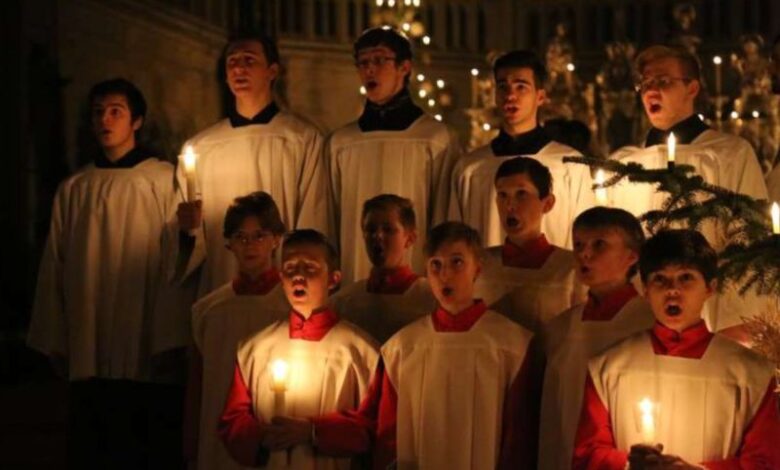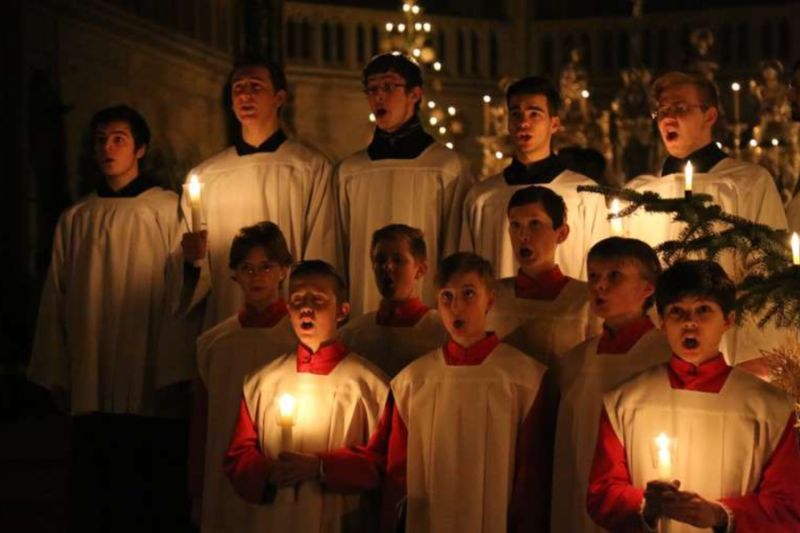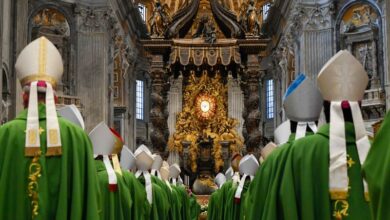St. Henry II, the German king who became patron of the Benedictine Oblates

 The Regensburger Domspatzen, a choir based at Regensburg Cathedral in Bavaria, Germany. / Credit: Bistum Regensburg
The Regensburger Domspatzen, a choir based at Regensburg Cathedral in Bavaria, Germany. / Credit: Bistum Regensburg CNA Staff, Jul 13, 2024 / 05:00 am (CNA).
On July 13, the Catholic Church celebrates the feast of St. Henry II, the German king who led and defended Europe’s Roman Empire at the beginning of the first millennium.
Henry was born in 973 to Henry the Duke of Bavaria and Princess Gisela of Burgundy in the village of Hildesheim, Bavaria. During his youth, he received both an education and spiritual guidance from a bishop who also went on to become a saint — St. Wolfgang of Regensberg. This greatly impacted Henry and influenced his reign.
Upon the death of his cousin Otto III in 1002, Henry succeeded him as king. Pope Benedict VIII crowned him Emperor of the Holy Roman Empire in 1014.
During his reign, Henry shared his faith by rebuilding churches that had been destroyed, building monasteries, and supporting them with both money and land. The king also helped the poor by making generous contributions for their relief.
According to historians, many people committed themselves to God and to follow the Rule of St. Benedict by uniting themselves to famous monasteries. Henry was one of them. Tradition states that he wanted to become a Benedictine and lived as an Oblate.
Benedictine Oblates are men and women, both lay and ordained, who seek God by striving to become holy in their everyday lives, in their family, and in their workplace. Oblates offer their lives to God through prayer and service and faithfully participate in the liturgical and sacramental life of the Church.
Henry showed such love and veneration for the Benedictines that he was declared a patron of the Benedictine Oblates after his canonization by Pope Pius X.
In 1006 Henry founded the See of Bamberg and built its cathedral. It was consecrated by Pope Benedict VIII in 1020. During this time, Henry also established a monastery at Bamberg and supported the reforms initiated by the monks of Cluny in France.
During the last several years of his life, Henry suffered from a serious illness and another ailment that left his left leg crippled. He found strength in prayer during these challenging times. He died near Gottingen, Germany, on July 13, 1024, at the age of 51 from a chronic urinary infection. He was buried at the Cathedral of Bamberg.
Pope Eugene III canonized Henry in 1146.






